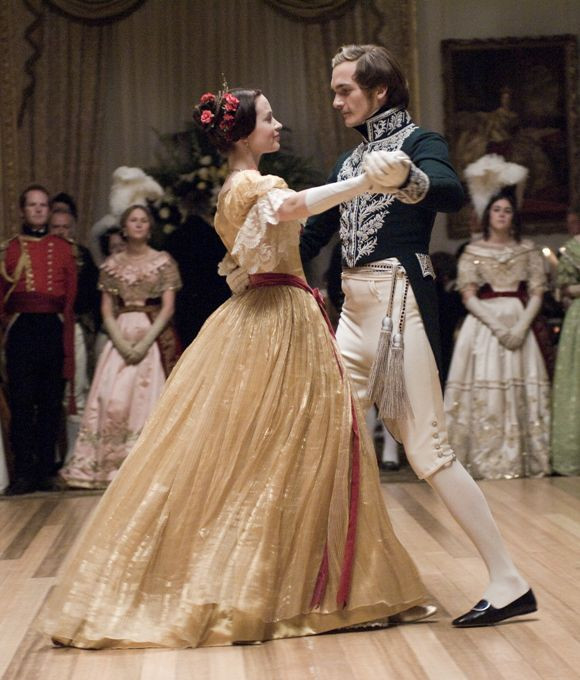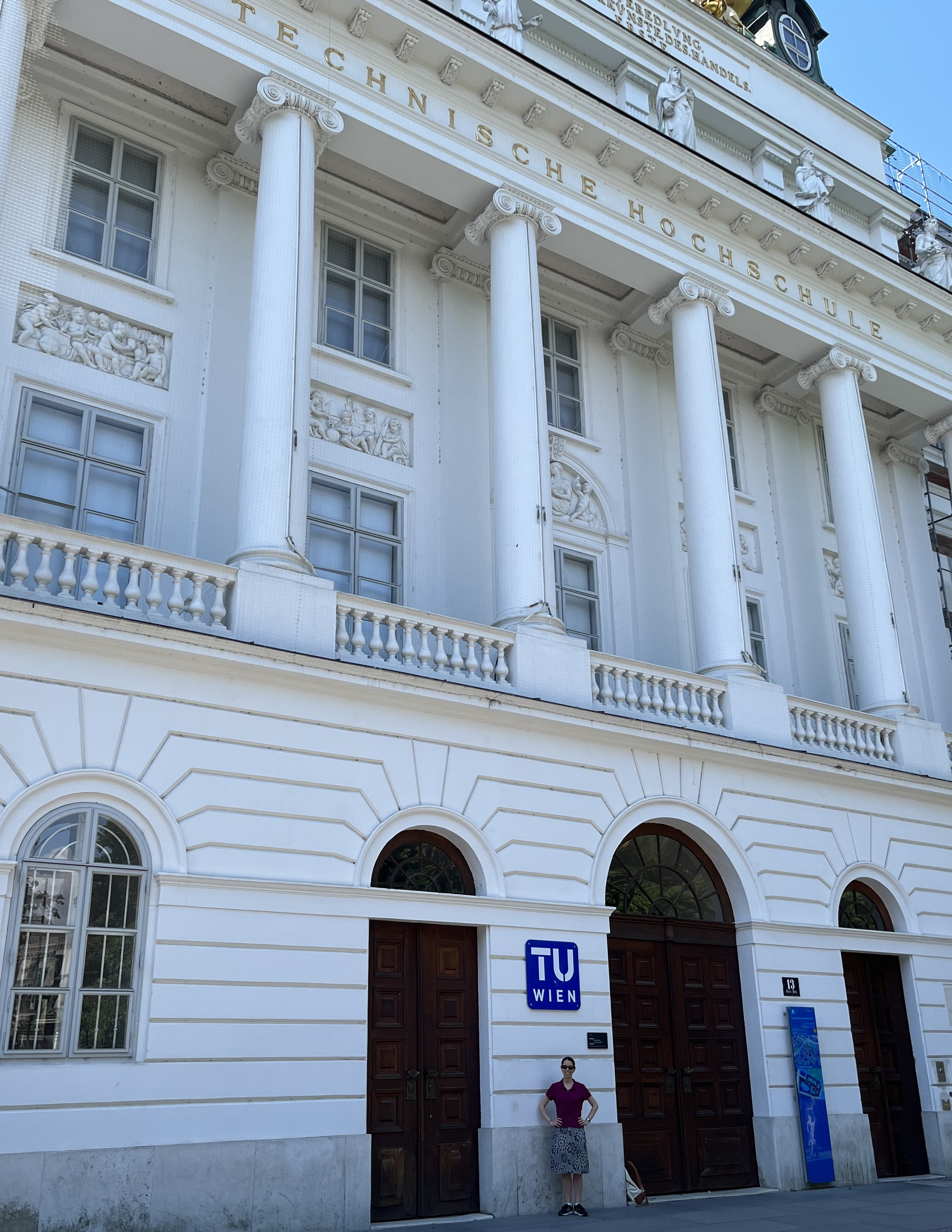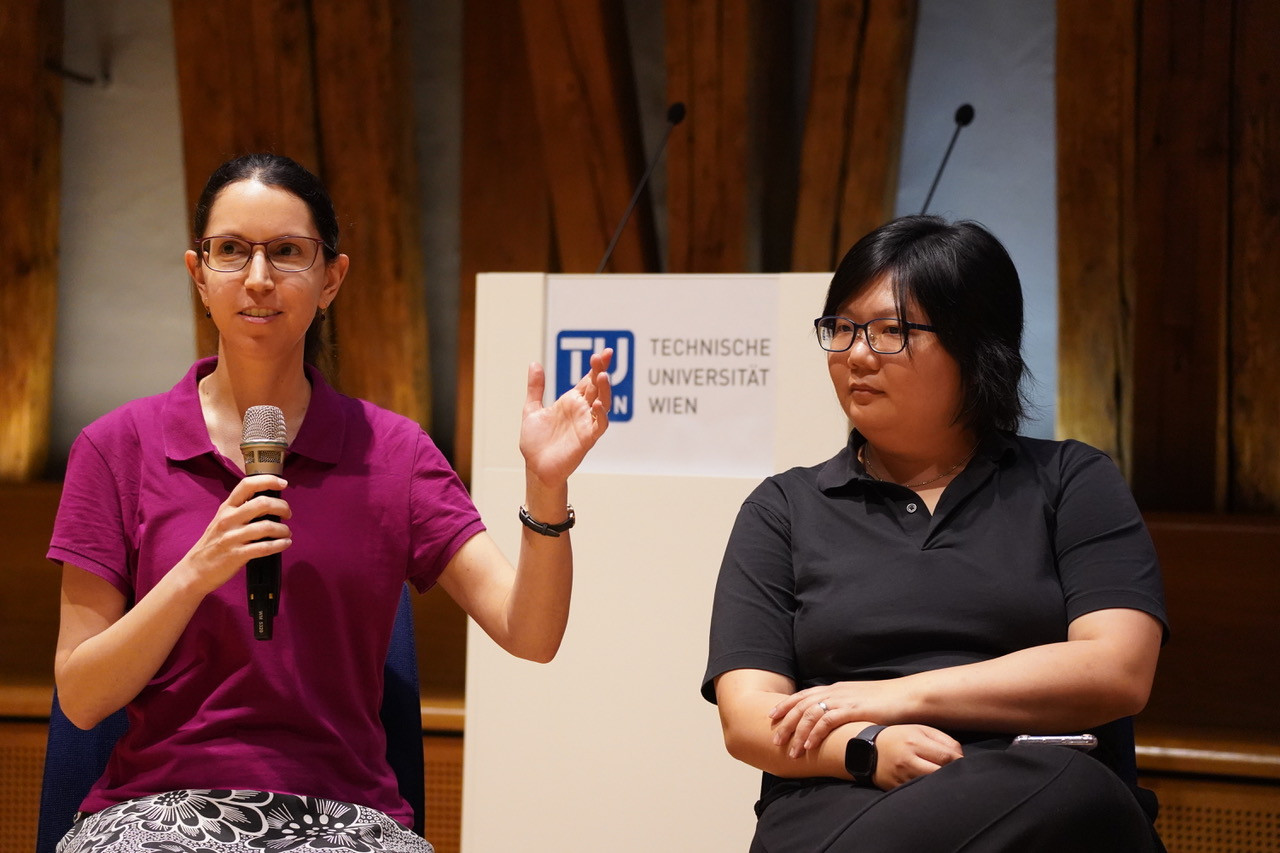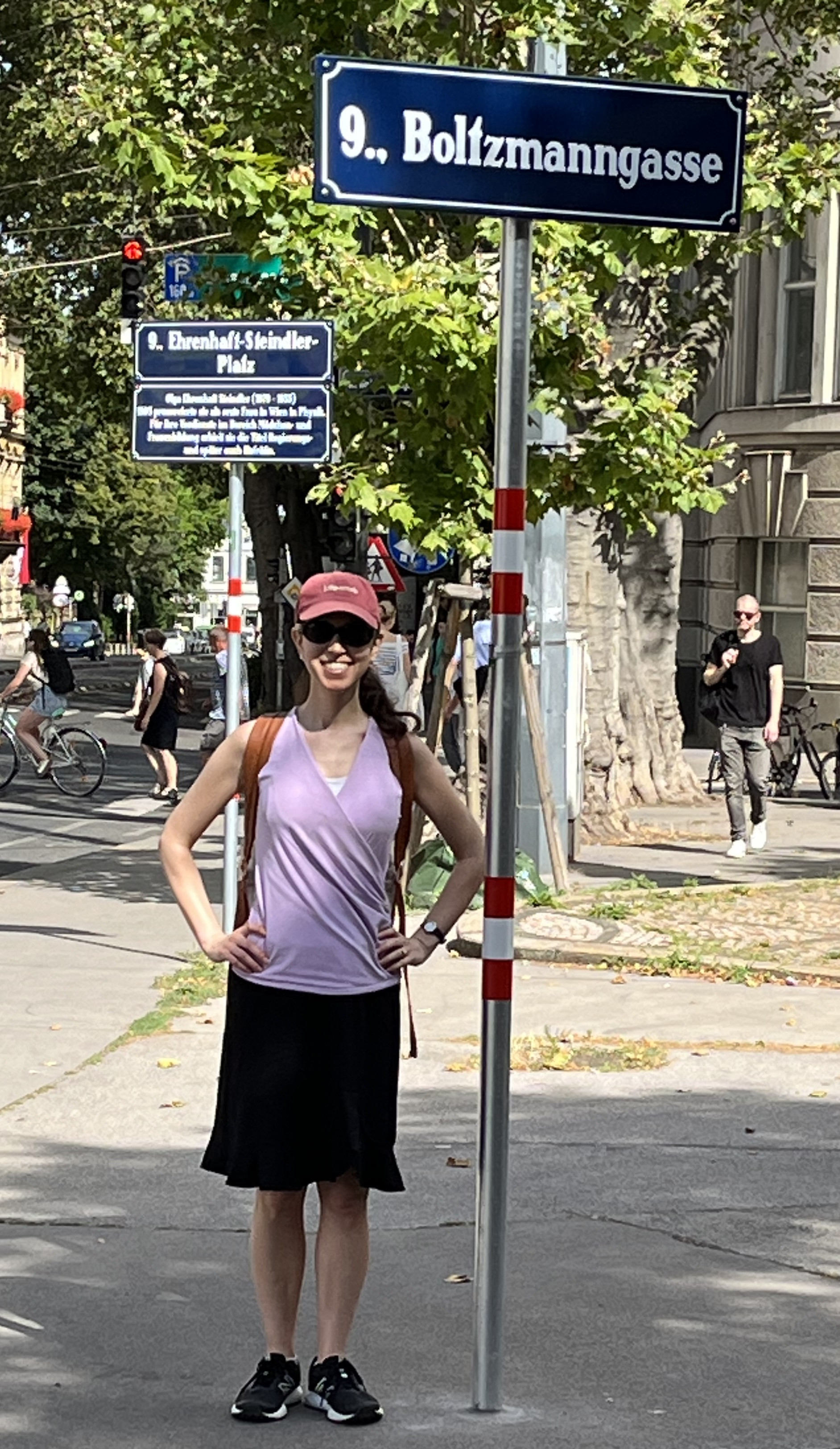This July, stumbling upon the Haus der Musik in Vienna, nestled within a former palace, was a delightful surprise. A particular room in this museum was dedicated to Johann Strauss II, the celebrated “Waltz King.” Stepping into the dimly lit space, designed like a twilight gazebo, I could almost imagine a hidden orchestra filling the air with the iconic “Blue Danube” waltz. Glass cases displayed delicate dance cards and elegant accessories, remnants of a time when dancers prepared meticulously for a nineteenth-century ball. These artifacts whispered stories of grand balls, events that many of us only know from literature and film – vibrant gatherings of young people and their chaperones, the rustle of silk gowns, the soft glow of candlelight, the dynamic energy of movement, the excitement of social interactions, and perhaps, the subtle anxieties of finding one’s place within society. It’s fascinating to consider how deeply ingrained the concept of dance is in our social rituals and personal development – a sentiment that resonated unexpectedly with my experiences at a recent scientific conference.

Just a short walk from the Haus der Musik, another kind of gathering took place this summer. The Vienna University of Technology played host to the Quantum Thermodynamics (QTD) conference. While I shouldn’t pick favorites among annual conferences, QTD holds a special place for me. It truly spotlights the quantum thermodynamics that has flourished over the last decade, a field deeply intertwined with quantum information theory. I’ve been attending QTD since my PhD days, following its journey across different cities each year. Returning in person for the first time since the pandemic felt particularly invigorating. This year, however, attending QTD felt different, a shift that mirrored the personal and professional growth I’ve experienced. It was as if the conference itself, much like a dance, had evolved, and so had my role within it.
A Different Kind of Gathering
Firstly, I was no longer attending as a PhD student. This time, I brought a PhD student of my own. Secondly, while catching up with cherished colleagues and friends was as enjoyable as ever, especially reconnecting with my academic peers, the conversations had matured. We weren’t just discussing coursework or dissertation anxieties; we were now congratulating each other on establishing our own research groups and sharing commiserations about the ever-growing workload of principal investigators. This subtle shift in our interactions highlighted a collective step forward in our careers, a change as significant as moving from tentative steps on a dance floor to leading your own dance.

Thirdly, I found myself on the panel for the annual “Quo vadis, quantum thermodynamics?” discussion. This panel serves as a platform to offer broad perspectives on the field, analyze current trends, and contemplate the future direction of quantum thermodynamics. Participating in this panel felt like taking on a more senior role, offering guidance rather than solely absorbing information, much like a dance chaperone guiding younger participants. Fourthly, and perhaps most notably, the conference concluded with the almost unanimous phrase, “See you in Maryland next year.” My colleagues and I will be hosting QTD 2024. This transition from attendee to host represents a significant step, a move from being part of the dance to orchestrating it.

One of my esteemed quantum-thermodynamic “classmates,” Nelly Ng, also joined me on the panel. We first met as students and now she is an assistant professor at Nanyang Technological University. It was remarkable to share this platform with someone who has journeyed alongside me in this field, highlighting the shared growth and evolution within our community.
Coming of Age at QTD
The day after QTD concluded, as Austrian Airlines played Strauss waltzes through the cabin speakers, a thought struck me: I’ve come of age. I recalled attending QTD 2017 as a debutante of sorts, presenting my first invited talk at this conference series. I had danced through QTD 2018 in Santa Barbara and even the online versions during the pandemic. I had reveled in the energy of scientific debate, the excitement of new knowledge, and the (perhaps less glamorous) glint of projector screens displaying research slides. Now, I was stepping into a role with more responsibilities, akin to a ballgown-clad chaperone, guiding and nurturing the next generation in this field. This personal evolution mirrored the evolution of the conference itself.
Just as I was coming of age professionally, so was QTD. The conference series began around the time I started graduate school and embarked on my quantum thermodynamics research journey. In 2017, QTD attracted approximately 80 attendees. This year, an impressive 250 individuals registered for in-person attendance, with even more joining online. Two hundred and fifty! It’s astonishing to consider that quantum thermodynamics was barely a recognized field of research just fifteen years prior. This exponential growth feels like the dance floor expanding to accommodate more and more participants, each eager to join the evolving rhythm of the field.
The Growing Dance Floor
I’ve heard similar stories of growth from organizers of another major annual conference, Quantum Information Processing (QIP). Professor Aram Harrow from MIT has recounted tales of co-organizing the early QIPs. As a PhD student, he would sit in his advisor’s office, taking notes while local quantum information theorists selected submissions. Today, a vast network of reviewers and sub-reviewers is needed to handle the massive influx of submissions. And, based on this year’s attendance figures, navigating the QIP crowd might feel as challenging as navigating a Disney theme park during peak season.
Will QTD continue to expand like QIP? Would such growth strengthen or fragment our community? Perhaps these are questions for a future “Quo vadis?” session in Maryland next year. But personally, I hope to continue to grow, and to dance. The “dance” of scientific exploration, collaboration, and discovery is one I hope to be a part of for many years to come. It’s a dance of progress, a dance of learning, and a dance that constantly evolves.

Ludwig Boltzmann, a foundational figure in thermodynamics, worked in Vienna. For years, I’ve wanted to make a pilgrimage to this city, a place steeped in the history of thermodynamics, a history that continues to inspire the evolving dance of quantum thermodynamics.
Note: Footnotes from the original article were omitted as per instructions.


